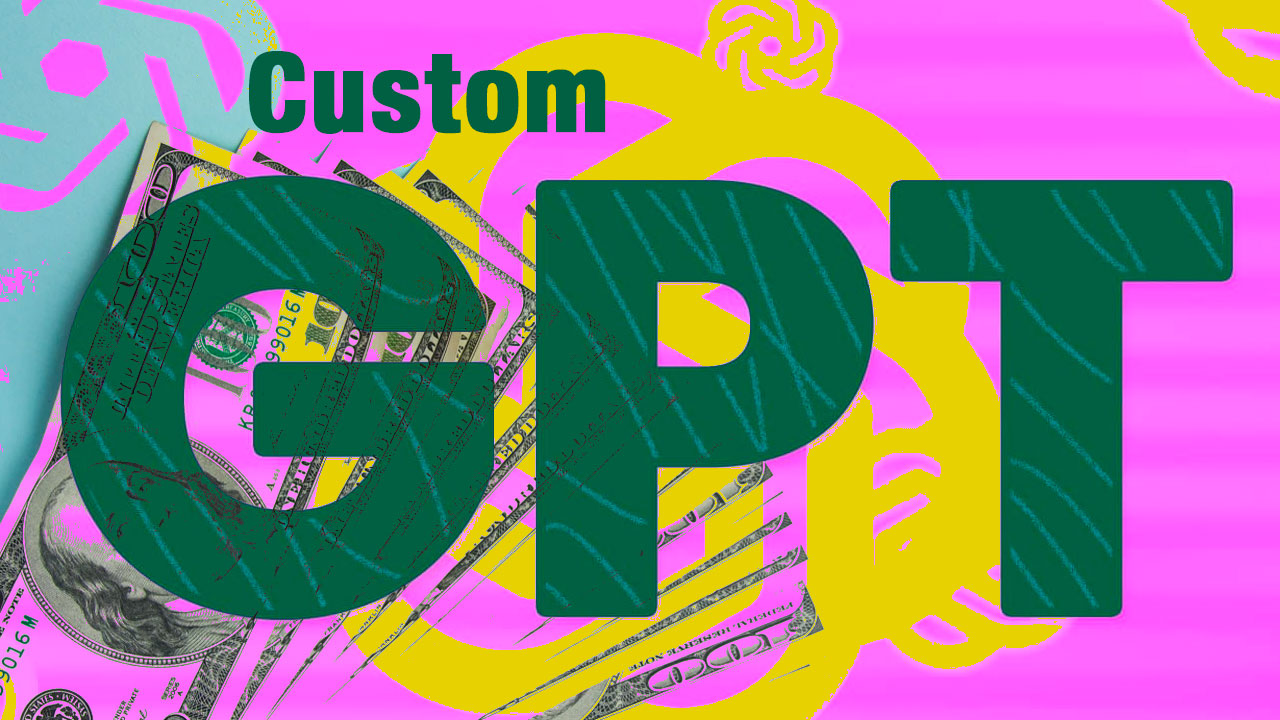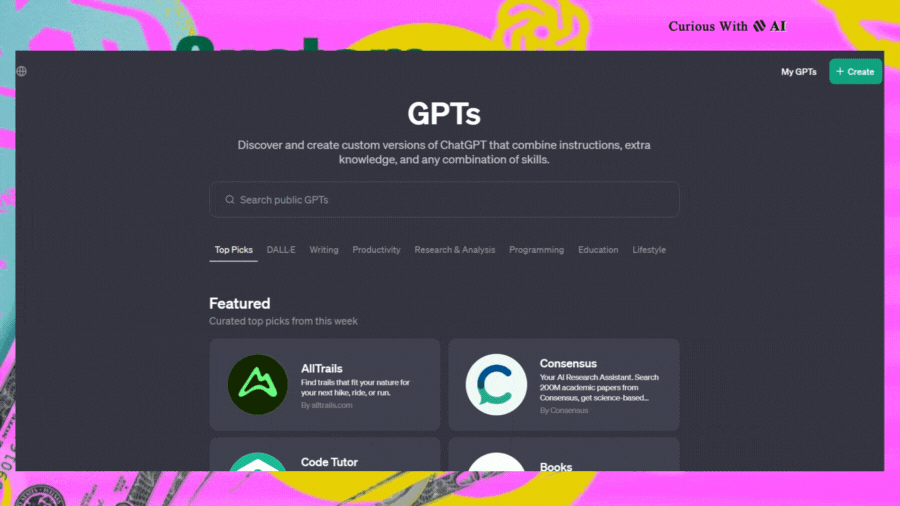
OpenAI has launched it’s groundbreaking GPT store, representing a significant advancement in AI in 2024. This effort marks a significant development in the field of artificial intelligence, by making AI technology more accessible and enabling a fresh cohort of innovators and businesspeople.The platform provides a user-friendly interface for creating AI models that are customized for certain jobs or interests. This potential surpasses the limitations of conventional AI applications, rendering it a potent instrument for professional and personal advancement.
The introduction of the GPT Store marks the implementation of monetization and expansion strategies.The GPT Store is an innovative concept similar to the software marketplaces of major technology companies. It enables creators to publish and earn money from their GPTs. This platform not only promotes the advancement of various AI applications but also creates opportunities for innovators to generate other sources of income. This is a rare chance for individuals to transform their AI thoughts into lucrative enterprises.
Creating a customized GPT (Generative Pre-trained Transformer) using OpenAI is a straightforward process that does not require any coding proficiency. Presented here is an all-encompassing tutorial that offers a methodical methodology for creating a tailored GPT model that specifically meets your unique needs, whether they pertain to education, leisure, or improving organizational efficiency.

Creating your own GPT model with OpenAI is a rewarding and instructive undertaking. By following these processes, you can create a GPT that not only meets your specific needs but also adjusts as you make progress. In order to attain a successful GPT, it is imperative to continuously improve and adapt the model by integrating user engagement and feedback. Enjoy the playground of building!

Discover special offers, top stories, upcoming events, and more.

As an Amazon Associate I earn from qualifying purchases. Copyright © 2023 Curious With AI
